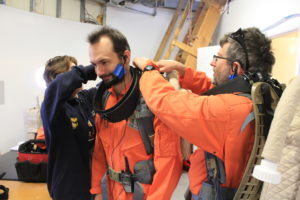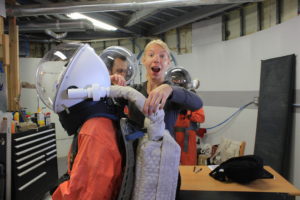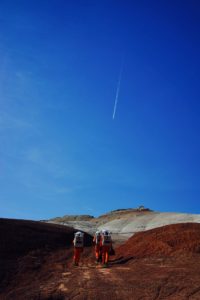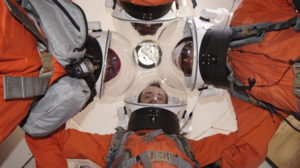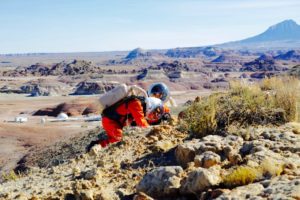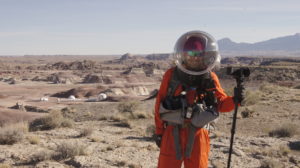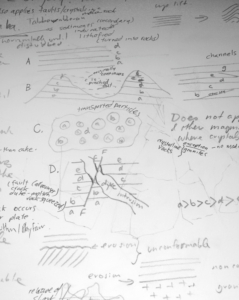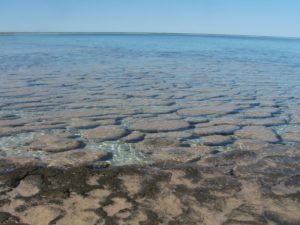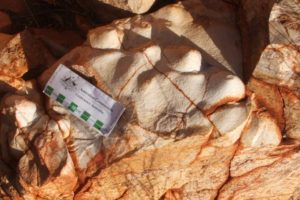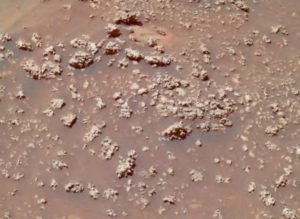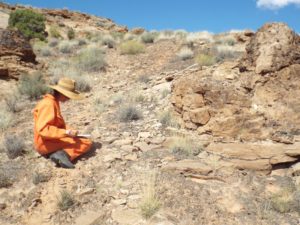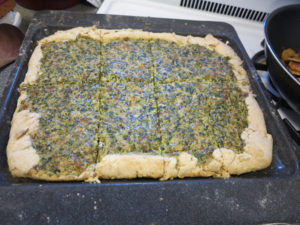Sol Journal for October 7th
This report was filed by Anastasiya Stepanova- Crew Journalist
Connect, connect!
Can you have a cell phone on Mars, use Skype, foursquare and periscope applications? No, no and no. But you can have a walkie-talkie, PC and use the internet to check emails, post pictures in social networks, write blogs and read news websites. How does it feel? Actually, great!
The modern world insist to use the phone. Somehow it became an extension of a hand. People don’t even have moments to just gaze at the sky or think about life. In traffic jams, queues and whenever bored they all scroll down on the screen, just reading the headlines, but not reading the actual article. Too much information pressure from every corner: TV, internet, radio, mobile phone. I’m not surprised that we all are confused in this information overload.
Here at Mars Desert Research Station phones and fast unlimited internet don’t exist anymore. 1 GB of internet for the seven people, which mostly we use for research, Capsule Communication (CAPCOM) and outreach. We follow the simulation protocols in communication with Earth also. There is 6 to 40 minutes round-trip radio communication delay between Earth and Mars and with the speed of our internet connection we are also waiting 3 to 20 minutes to open the webpage, upload picture. When we have such restrictions, we are more concentrated to get only the useful data, to prepare all the materials to be sent and to enjoy the time away from all these information noise.
“How we can have an internet on Mars?” – many people ask me. There have been several ideas proposed by space agencies and different organizations. One is to have a satellite on Mars orbit, Sun orbit at the Lagrange point L5 and a server on Earth. Another way is to have a several servers orbiting the Mars. Probably one day somewhere in the 2050’s to country, city and street names will be added one more option “planet”.





